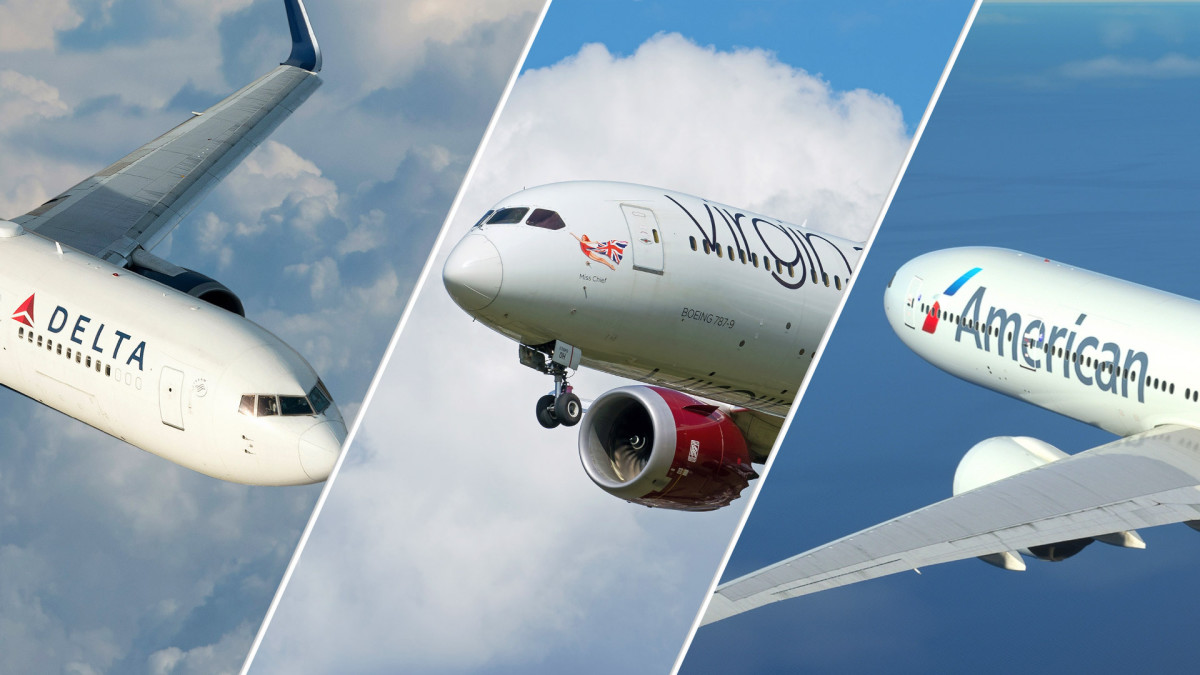
Few small cities have been subject to as much attention as Austin in the last decade.
Known primarily for its quirkiness and longstanding music scene, the Texas capital added 567,082 new residents and grew at a rate of 33% between 2010 and 2022 after its popularity for those coming from states such as California soared during the pandemic. National tech companies and local authorities have also been persistently pushing to turn Austin into a new tech hub by opening numerous offices in the area.
Related: Delta adds a route U.S. tourists have been begging for
Airlines had also gone all in on Austin's popularity by launching numerous routes both internationally and domestically over the last ten years. As both tourist and relocation interest peaked, many later found that some of their expectations were not living up to actual demand.
In October, Virgin Atlantic (SPCE) -) announced that it would be permanently canceling a London-Austin route launched in 2022. A month later, American Airlines (AAL) -) canceled 21 routes to Austin-Bergstrom International Airport (AUS) from different cities across the country due to softening demand.

So where do all these new flights from Austin go?
But even as competitors are slashing flights, Delta Air Lines (DAL) -) is choosing to lean into its faith in the city's growth. On Dec. 15, the airline announced that it would add 11 new flights from AUS starting on April 22, 2024 that would increase its service to the city by 20%.
More travel stories:
- A new travel term is taking over the internet (and reaching airlines and hotels)
- The 10 best airline stocks to buy now
- Airlines see a new kind of traveler at the front of the plane
The three new destinations include Nashville International Airport (BNA) and Midland-Odessa and McAllen in Texas. Delta will fly to each of these cities three times per day while also increasing what is currently a daily flight from Austin to Cincinnati to twice daily and adding an extra flight to Raleigh-Durham International Airport (RDU) in North Carolina for a total of three flights per day.
'Increase in capacity mirrors that growth,' Delta says
The debate on whether tourism and new resident interest in Austin will taper off or remain steady in the years to come persists but Delta clearly believes in a strong stream of people coming in and out of Austin from different parts of the country.
"This expansion not only creates an access point to diverse opportunities for business, leisure, and cultural exploration spanning Texas and beyond but also solidifies Delta's commitment to being a key player in Austin’s evolving landscape," Delta's SVP of Networking Planning Joe Esposito said in a statement. "Austin is growing rapidly, and this 20% increase in capacity mirrors that growth as we look to provide our customers with unparalleled convenience in the region."
Smaller regional cities in midwestern and southern Texas — Midland-Odessa and McAllen, for example — have also been seeing their own influx of new residents as the state of Texas as a whole experiences some of the highest population growth in the country.
By connecting them with flights to Austin, Delta hopes to make the city a hub so that those going on to other parts of the country or the world can stay on a Delta flight.
"New service to Midland-Odessa and McAllen, Texas makes Austin a gateway for those cities to onward connections across Delta's global network," the airline said of the changes.







